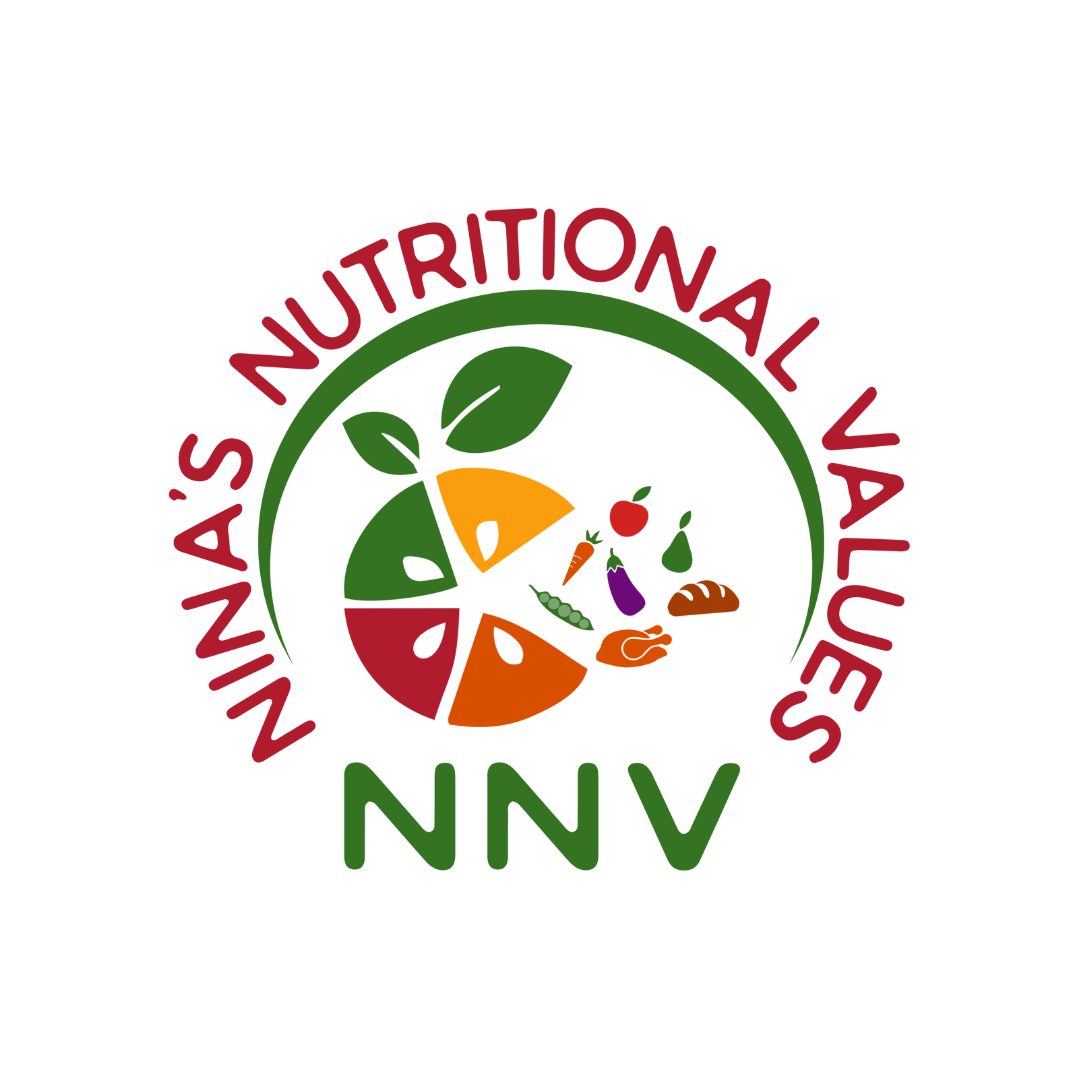Why Salads Aren’t Always More Healthful Than Sandwiches
Salads and sandwiches are a fast and easy option for lunch, late-night dinners, casual dining, and road trips. If you find yourself deciding between a salad and a sandwich, the salad may have more vegetables, but the sandwich may be a healthier option. Let’s dive into how to identify unhealthy salads.
What Are The Unhealthiest Salads?
Making a healthy meal choice may be your motivation but salads can be high in fat, calories, and hidden sugars. If you’re in a restaurant, you can inquire about the salad’s nutritional information. Sometimes all you must do is make a few small tweaks. This includes asking for the dressing on the side, choosing oil and vinegar as dressing, and ordering your salad without the unhealthy toppings.
However, some salads fit the criteria of having a vegetable base but have little to no nutritional value. For example, an iceberg lettuce salad with a few tomato slices is low in nutrients, taco salads have unhealthy high-salt shells and fatty ingredients, and potato salads have too much mayonnaise.
A few factors that degrade a salad’s nutritional value include:
Salad dressing can be high in fat, calories, and sugar or the portion is too large.
The cheese sprinkled on top may not be low-fat or the portion is too large.
Dried fruit, candied nuts, and croutons are often high in fat, calories, and sugar.
While not unhealthy, if iceberg lettuce is the base, the salad is low in nutrient value.
The meat added for protein may be processed or breaded instead of lean.
Other fatty toppings may be added, such as bacon or sour cream.
If the salad isn’t made fresh, it may have unhealthy additives to maintain freshness.
The salad may only have 2 or 3 vegetables, when you should aim for at least 4.
Why a Sandwich May Be Healthier?
A sandwich made with whole-grain or low-carb bread, lean meat, low-fat cheese, veggies, and a light layer of mayonnaise can be nutrient-dense and have significantly fewer calories, fat, and sugar than a salad made with the unhealthy ingredients above. Boost the nutritional value of your sandwich with added veggies.
That said, sandwiches can be high in saturated fat, calories, carbs, sodium, and sugar. So, always ask for the nutritional value when dining out. If the sandwich is healthy, be mindful of sides, such as chips and French fries. If a salad is an option instead of chips or fries, be mindful of the salad tips above.
What Is The Healthiest Salad?
There’s not a precise “healthiest salad” formula, but you can learn what to look for in restaurants. Also, what base ingredients and toppings to use when making salads at home.
The darker the salad greens the better, and mixed greens are even better. For speed and ease, you can find pre-washed greens at most grocery stores.
Aim for at least 3 vegetables plus your salad greens. Maybe red onion, tomatoes, and avocado. Feel free to add more.
Choose lean meat that isn’t breaded or processed, such as grilled chicken or fish.
Top with a tablespoon or two of unsalted or lightly salted nuts and seeds for protein, amino acids, and texture.
Add a tablespoon or two of goat cheese, blue cheese, or shredded cheese.
Top with plant proteins that add nutrients, texture, and fiber. This might include a quarter cup of quinoa, barley, kidney beans, chickpeas, or black beans.
If you indulge a bit with your salad dressing, only add 1 to 2 tablespoons.
Invest in herb-infused olive oils and a range of vinegars for salad dressings. Also, consider making your own salad dressing.
Top with a sprinkling of fresh herbs including flat parsley, cilantro, chives, mint, or Italian herbs.
Add a serving of fresh fruit for sweetness, such as strawberries, blueberries, pears, or apples. Or squeeze on lemon or lime juice.
Need Some Healthy Salad, Sandwich, and Lunch Ideas?
Accidentally making unhealthy salads and sandwiches for lunch? It’s ok! One of the many services I offer is custom-tailored monthly meal plans. Your meal plan is tailored to your unique nutritional needs, food preferences, and health goals. Plans include recipes and grocery shopping lists to simplify meal preparation. This includes recipes for breakfast, lunch, dinner, snacks, and desserts.
The current rate of NNV meal plans is $21 per month*.
*Prices are subject to change.


